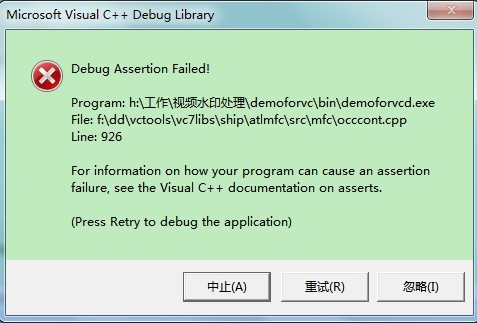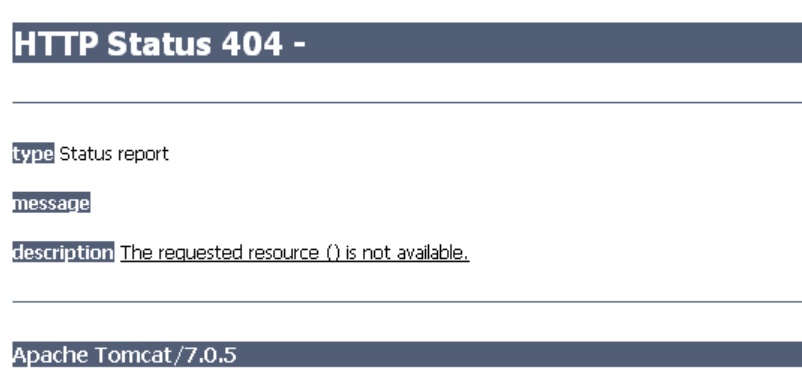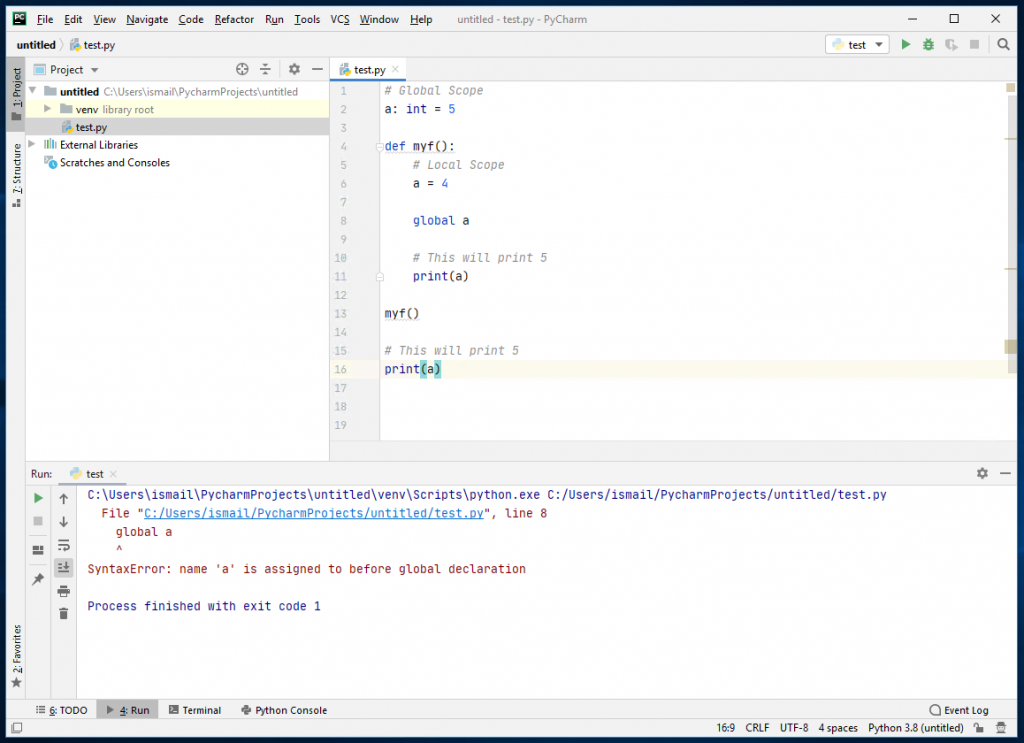1.toArray()
这个 toArray() 方法 向量类 在Java中,用于形成与向量相同元素的数组。基本上,它将所有元素从一个向量复制到一个新数组。
语法:
Object[] arr = Vector.toArray()
参数: 该方法不采用任何参数。
返回值: 该方法返回一个数组,其中包含与向量类似的元素。
下面的程序说明了向量。toArray()方法:
项目1:
// Java code to illustrate toArray() import java.util.*; public class VectorDemo { public static void main(String args[]) { // Creating an empty Vector Vector<String> vec_tor = new Vector<String>(); // Use add() method to add elements into the Vector vec_tor.add( "Welcome" ); vec_tor.add( "To" ); vec_tor.add( "Geeks" ); vec_tor.add( "For" ); vec_tor.add( "Geeks" ); // Displaying the Vector System.out.println( "The Vector: " + vec_tor); // Creating the array and using toArray() Object[] arr = vec_tor.toArray(); System.out.println( "The array is:" ); for ( int j = 0 ; j < arr.length; j++) System.out.println(arr[j]); } } |
The Vector: [Welcome, To, Geeks, For, Geeks] The array is: Welcome To Geeks For Geeks
项目2:
// Java code to illustrate toArray() import java.util.*; public class VectorDemo { public static void main(String args[]) { // Creating an empty Vector Vector<Integer> vec_tor = new Vector<Integer>(); // Use add() method to add elements into the Vector vec_tor.add( 10 ); vec_tor.add( 15 ); vec_tor.add( 30 ); vec_tor.add( 20 ); vec_tor.add( 5 ); vec_tor.add( 25 ); // Displaying the Vector System.out.println( "The Vector: " + vec_tor); // Creating the array and using toArray() Object[] arr = vec_tor.toArray(); System.out.println( "The array is:" ); for ( int j = 0 ; j < arr.length; j++) System.out.println(arr[j]); } } |
The Vector: [10, 15, 30, 20, 5, 25] The array is: 10 15 30 20 5 25
2.toArray(arr[]
这个 toArray(arr[] 方法 向量类 在Java中,用于形成与向量相同元素的数组。它返回一个数组,其中包含 正确的顺序; 返回数组的运行时类型是指定数组的运行时类型。如果向量适合指定的数组,则返回该数组。否则,将使用指定数组的运行时类型和该向量的大小分配一个新数组。 如果向量适合指定的数组,且有空闲空间(即数组中的元素比向量多),则紧跟向量末尾的数组中的元素将设置为空。(仅当调用者知道向量不包含任何空元素时,这在确定向量长度时才有用。)
语法:
Object[] arr1 = Vector.toArray(arr[])
参数: 该方法接受一个参数 arr[] 这是一个数组,向量的元素将被存储到其中,如果它足够大的话;否则,将为此目的分配一个相同运行时类型的新数组。
返回值: 该方法返回一个数组,其中包含与向量类似的元素。
例外情况: 该方法可能引发两种类型的异常:
- ArrayStoreException :当所述数组属于不同类型且无法与向量中所述元素进行比较时。
- 空指针异常 :如果数组为空,则引发此异常。
下面的程序说明了向量的工作原理。toArray(arr[])方法。
项目1: 当数组的大小为向量时
// Java code to illustrate toArray(arr[]) import java.util.*; public class VectorDemo { public static void main(String args[]) { // Creating an empty Vector Vector<String> vec_tor = new Vector<String>(); // Use add() method to add elements into the Vector vec_tor.add( "Welcome" ); vec_tor.add( "To" ); vec_tor.add( "Geeks" ); vec_tor.add( "For" ); vec_tor.add( "Geeks" ); // Displaying the Vector System.out.println( "The Vector: " + vec_tor); // Creating the array and using toArray() String[] arr = new String[ 5 ]; arr = vec_tor.toArray(arr); // Displaying arr System.out.println( "The arr[] is:" ); for ( int j = 0 ; j < arr.length; j++) System.out.println(arr[j]); } } |
The Vector: [Welcome, To, Geeks, For, Geeks] The arr[] is: Welcome To Geeks For Geeks
项目2: 当数组小于向量的大小时
// Java code to illustrate toArray(arr[]) import java.util.*; public class VectorDemo { public static void main(String args[]) { // Creating an empty Vector Vector<String> vec_tor = new Vector<String>(); // Use add() method to add elements into the Vector vec_tor.add( "Welcome" ); vec_tor.add( "To" ); vec_tor.add( "Geeks" ); vec_tor.add( "For" ); vec_tor.add( "Geeks" ); // Displaying the Vector System.out.println( "The Vector: " + vec_tor); // Creating the array and using toArray() String[] arr = new String[ 1 ]; arr = vec_tor.toArray(arr); // Displaying arr System.out.println( "The arr[] is:" ); for ( int j = 0 ; j < arr.length; j++) System.out.println(arr[j]); } } |
The Vector: [Welcome, To, Geeks, For, Geeks] The arr[] is: Welcome To Geeks For Geeks
方案3: 当数组大于向量的大小时
// Java code to illustrate toArray(arr[]) import java.util.*; public class VectorDemo { public static void main(String args[]) { // Creating an empty Vector Vector<String> vec_tor = new Vector<String>(); // Use add() method to add elements into the Vector vec_tor.add( "Welcome" ); vec_tor.add( "To" ); vec_tor.add( "Geeks" ); vec_tor.add( "For" ); vec_tor.add( "Geeks" ); // Displaying the Vector System.out.println( "The Vector: " + vec_tor); // Creating the array and using toArray() String[] arr = new String[ 10 ]; arr = vec_tor.toArray(arr); // Displaying arr System.out.println( "The arr[] is:" ); for ( int j = 0 ; j < arr.length; j++) System.out.println(arr[j]); } } |
The Vector: [Welcome, To, Geeks, For, Geeks] The arr[] is: Welcome To Geeks For Geeks null null null null null
方案4: 演示NullPointerException
// Java code to illustrate toArray(arr[]) import java.util.*; public class VectorDemo { public static void main(String args[]) { // Creating an empty Vector Vector<String> vec_tor = new Vector<String>(); // Use add() method to add elements into the Vector vec_tor.add( "Welcome" ); vec_tor.add( "To" ); vec_tor.add( "Geeks" ); vec_tor.add( "For" ); vec_tor.add( "Geeks" ); // Displaying the Vector System.out.println( "The Vector: " + vec_tor); try { // Creating the array String[] arr = null ; // using toArray() // Since arr is null // Hence exception will be thrown arr = vec_tor.toArray(arr); // Displaying arr System.out.println( "The arr[] is:" ); for ( int j = 0 ; j < arr.length; j++) System.out.println(arr[j]); } catch (Exception e) { System.out.println( "Exception: " + e); } } } |
The Vector: [Welcome, To, Geeks, For, Geeks] Exception: java.lang.NullPointerException


![关于”PostgreSQL错误:关系[表]不存在“问题的原因和解决方案-yiteyi-C++库](https://www.yiteyi.com/wp-content/themes/zibll/img/thumbnail.svg)






